The Dark Side of Vision Pro Innovation: Developer Exhaustion and What to Do About It
As technology evolves at a rapid pace, the demand for cutting-edge products like the Apple Vision Pro, a mixed-reality headset, is on a constant rise. However, with the relentless pursuit of innovation comes a less-discussed issue: developer exhaustion. Here, we will delve into the challenges faced by developers and suggest ways to alleviate this growing concern.
Understanding Developer Exhaustion
Developer exhaustion, or burnout, is a state of chronic physical and emotional fatigue, often accompanied by a sense of reduced accomplishment and loss of personal identity. It is a common problem within the tech industry, particularly among those working on pioneering technologies such as AR/VR.
Why Developer Exhaustion is Prevalent in the AR/VR Space
Working on a groundbreaking device like the Vision Pro, which offers both augmented reality (AR) and virtual reality (VR) capabilities, certainly has its challenges and these can contribute to developer exhaustion.
1. High Expectations and Pressure
With the Vision Pro, Apple has set the bar high in terms of what AR/VR technology can achieve. Developers face the pressure of meeting these high expectations, pushing them to work long hours and often under stressful conditions.
2. Rapid Technological Changes
The AR/VR field is evolving rapidly. Developers need to constantly learn and adapt to new languages, tools, and techniques. This constant need for upskilling can be exhausting and overwhelming.
3. Problem Complexity
Creating a seamless and immersive AR/VR experience is a complex task. Developers have to deal with challenges like ensuring user comfort, reducing motion sickness, and creating realistic visuals and sounds. The complexity and novelty of these problems can lead to fatigue and burnout.
Alleviating Developer Exhaustion
While the issue of developer exhaustion is challenging, various strategies can be implemented to alleviate this problem.
1. Encourage Work-Life Balance
Companies should encourage a healthy work-life balance. This could include flexible working hours, remote work options, and making sure that overtime is the exception rather than the norm.
2. Provide Adequate Support
Developers should have access to the resources and support they need. This could be in the form of training programs to learn new skills, mental health support, or just the opportunity to discuss challenges with their peers or superiors.
3. Foster a Positive Work Environment
A positive work environment that values every team member’s contribution can significantly reduce stress and prevent burnout. Recognition of work, constructive feedback, and opportunities for growth can help create such an environment.
4. Implement Regular Breaks
Regular breaks can help prevent burnout. This could be short breaks during the workday, longer breaks between projects, or even sabbaticals for long-term employees.
Conclusion
Developer exhaustion is a significant issue in the tech industry, particularly in demanding areas like AR/VR development. However, by recognizing the problem and taking proactive steps, companies can help mitigate this issue, leading to healthier, happier developers and, ultimately, better products.
Advancements like the Vision Pro are indeed remarkable, but it's crucial to remember the human element in the equation - the developers. Ensuring their well-being is not just a moral obligation but also a vital factor for sustainable innovation.




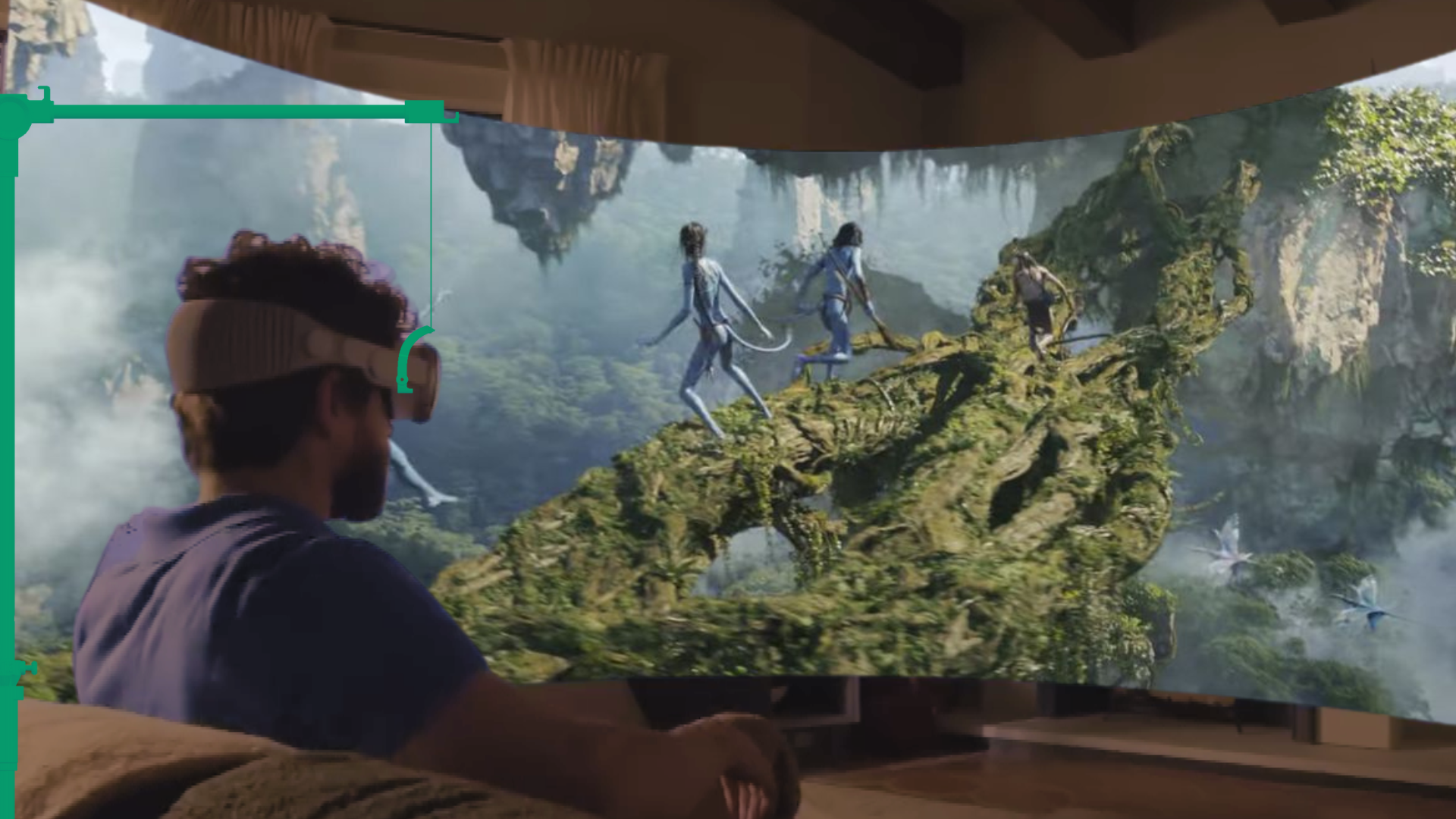
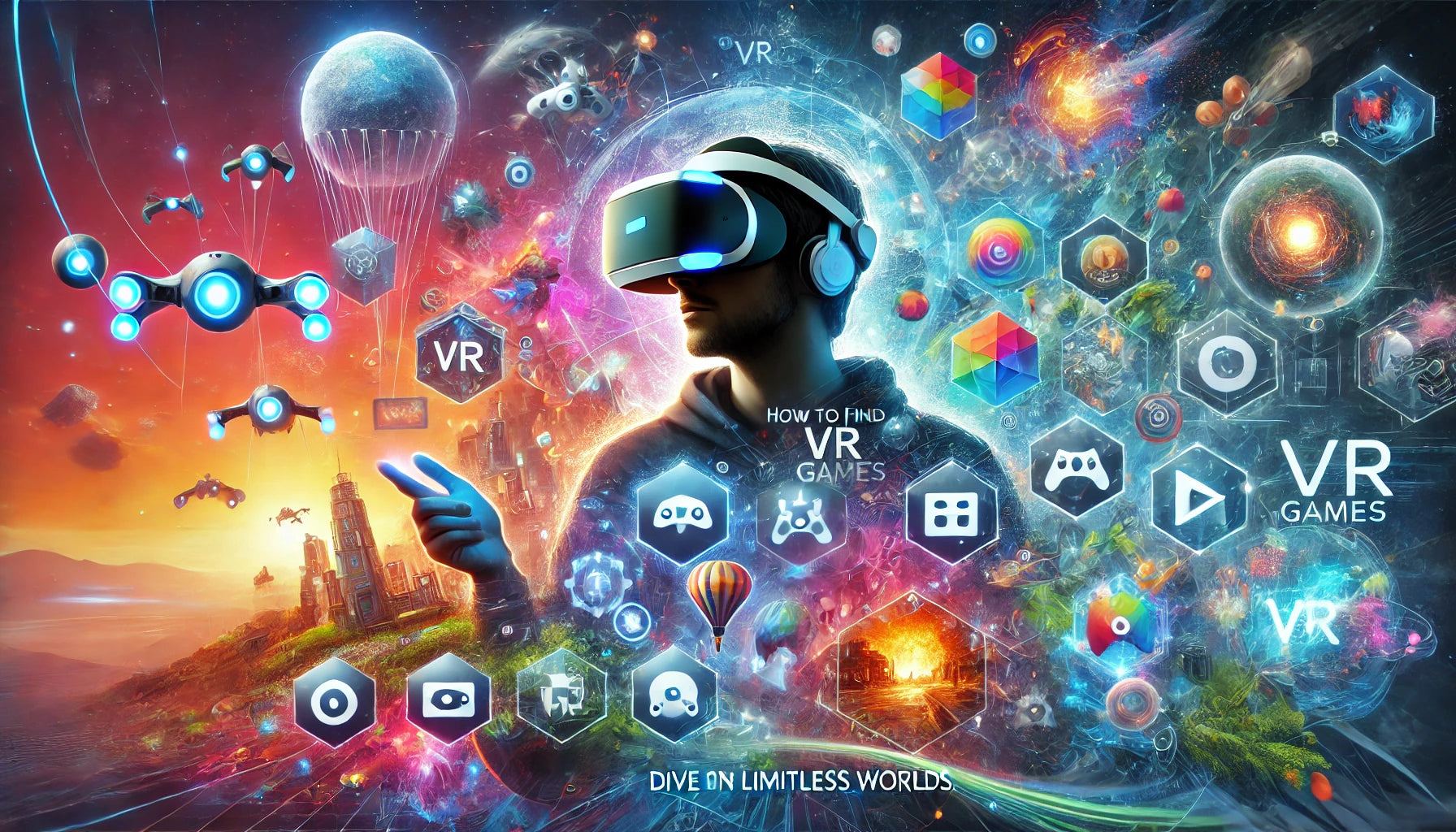
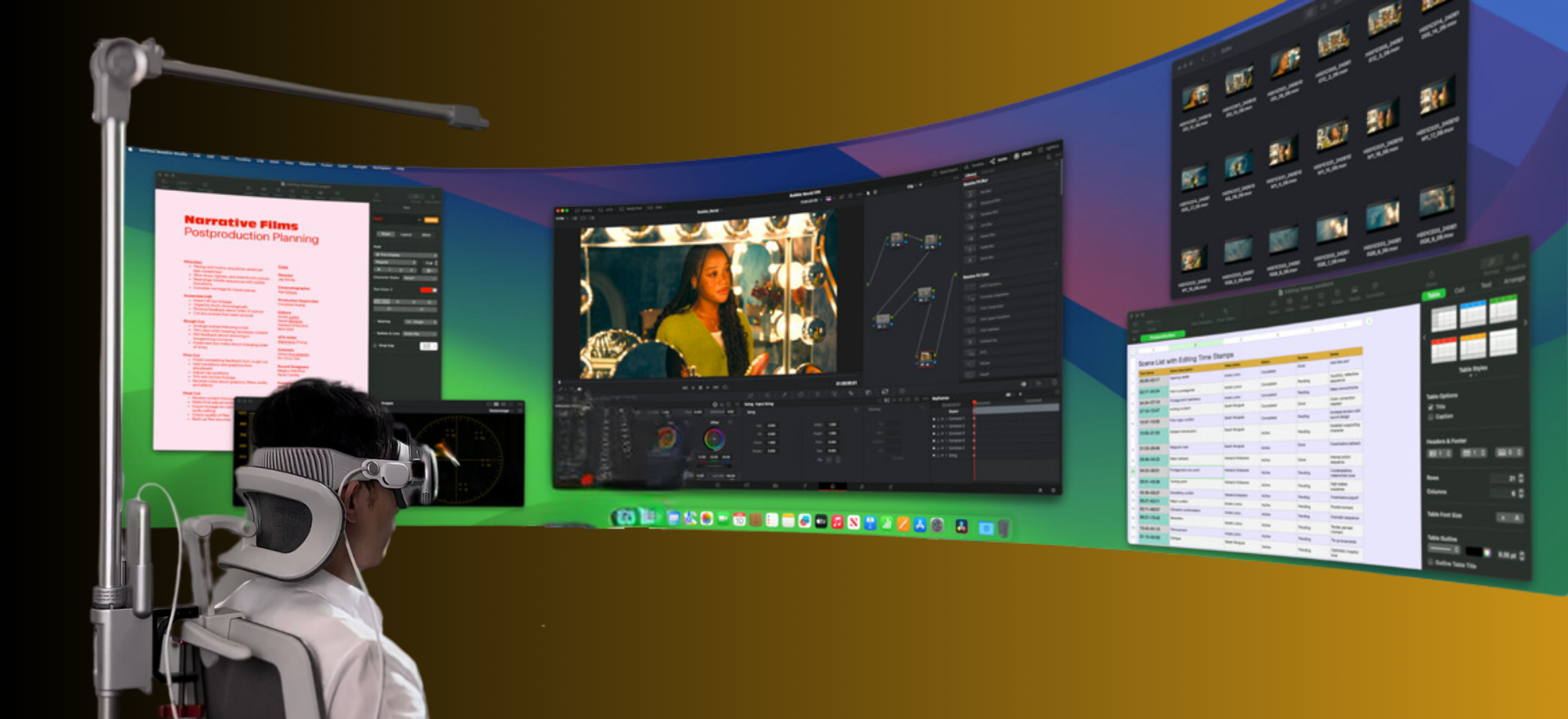
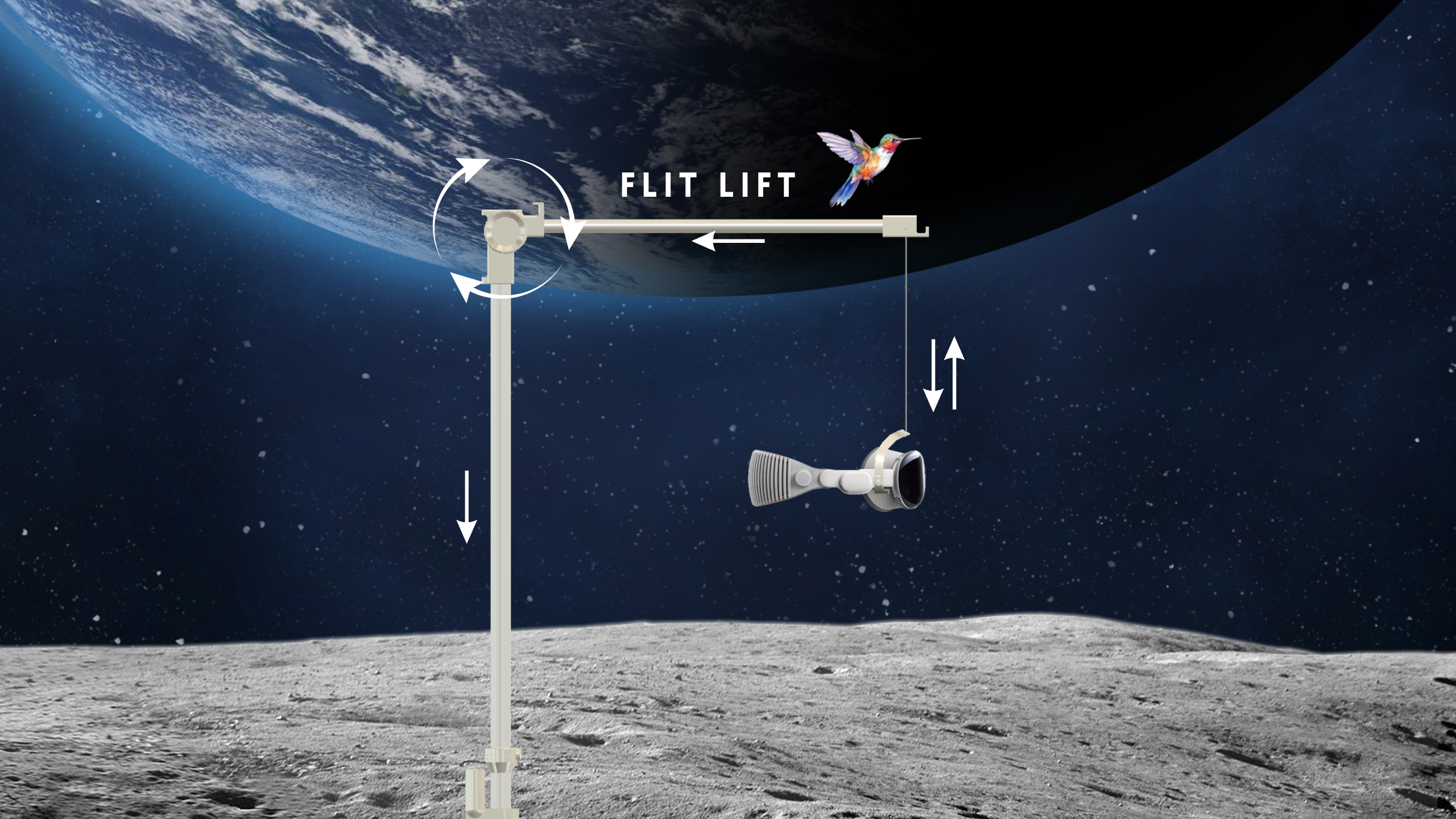

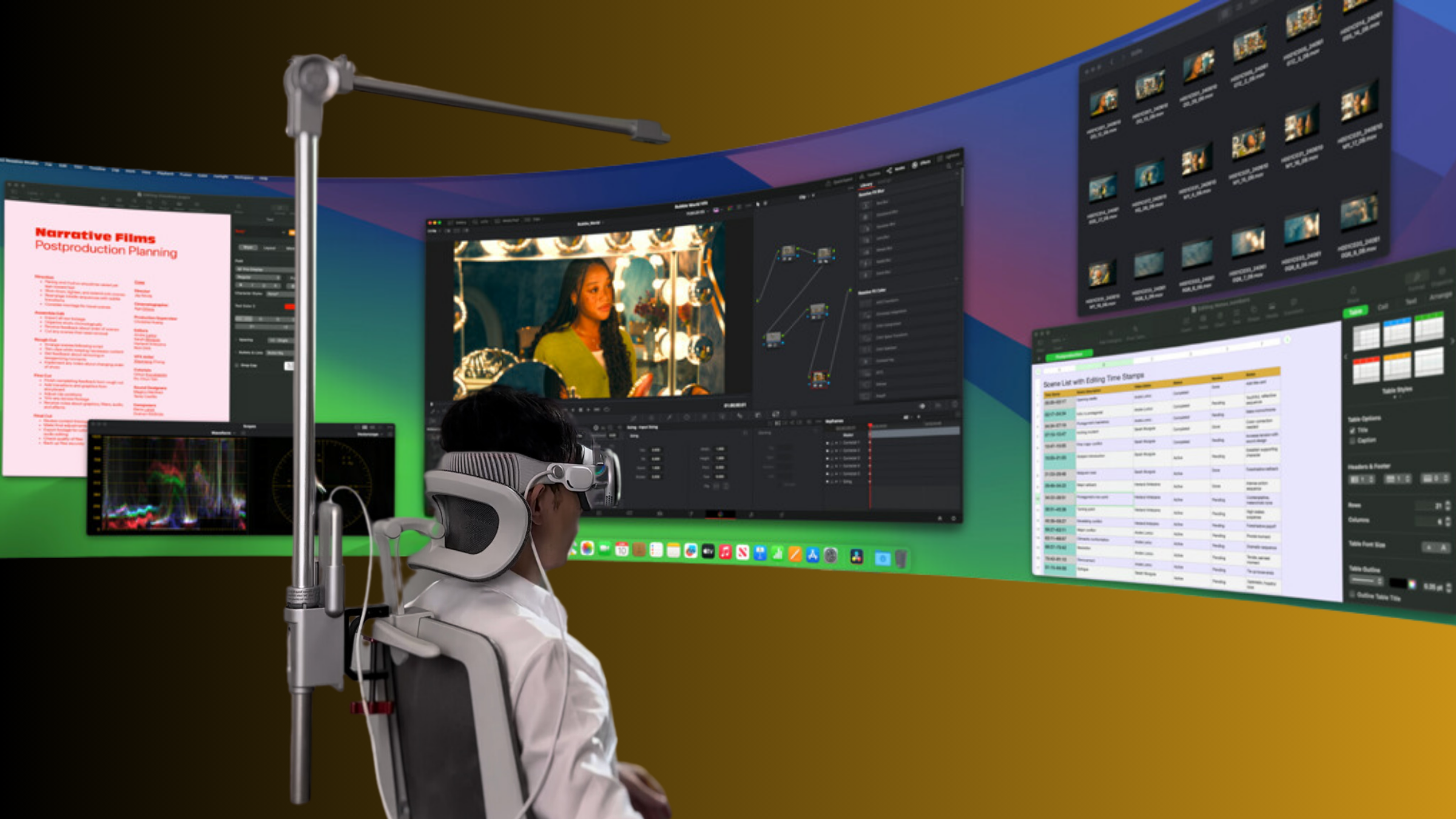

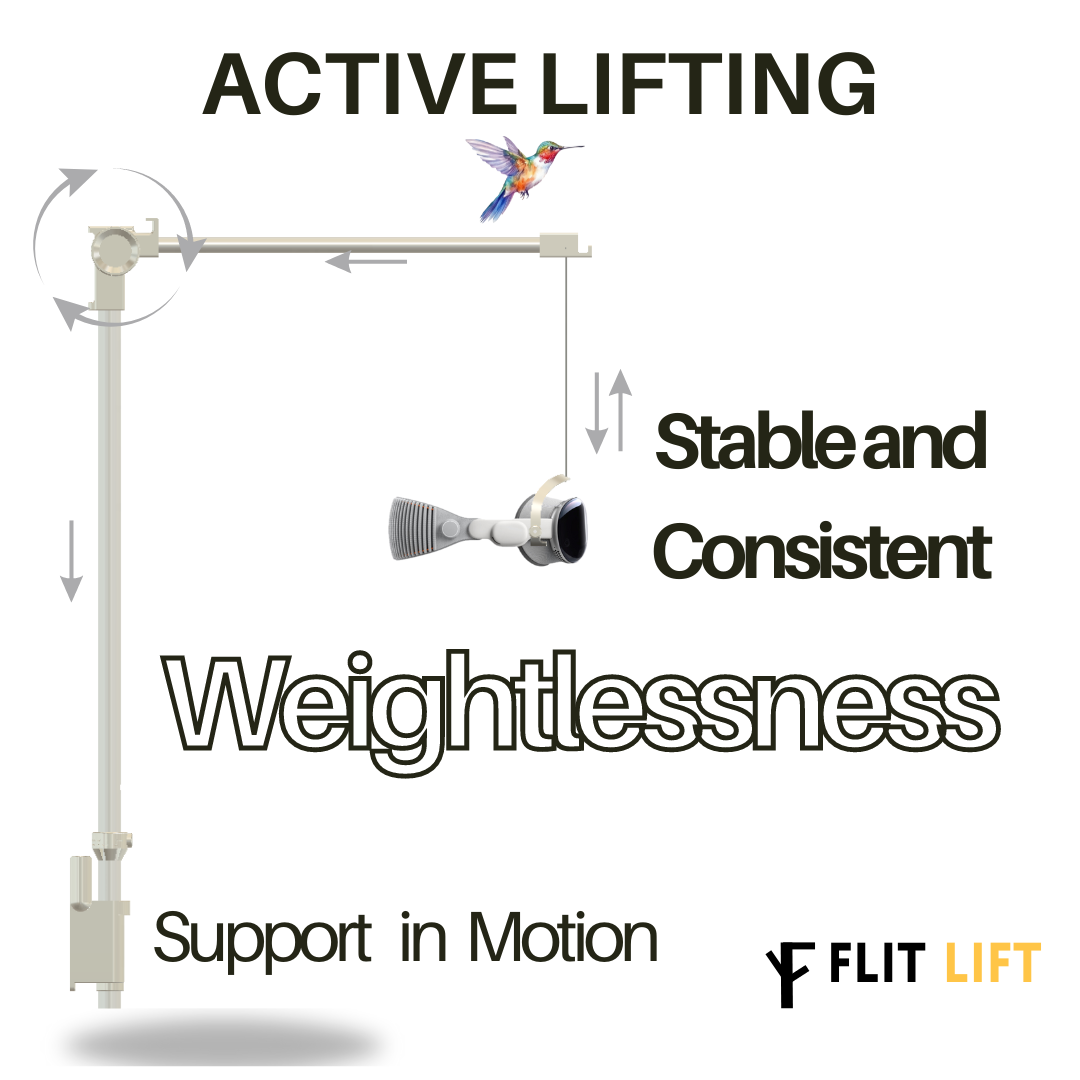


Compartir:
Developer Fatigue in VR: Is Vision Pro Pushing the Limits?
Protecting Developer Creativity Amid the Pressure of Vision Pro Development